
- Permbajtja
- prev
- next
- prev
- next
Pavilion "In our home" at the Venice Biennale 2021
by Suada Dema
"How are we going to live together?" does not seem to be the only question of the 2021 Venice Biennale. This year’s biennial comes after a long period of questions, as a wake-up call, in an attempt to present a reflection on a decade that defined an era itself.
Starting from the US pavilion seemingly similar to the simplicity of post-war design, the completely digital German pavilion to cyclic systems built indoors in the Danish pavilion, or the scent of extinct plants recreated in the laboratory, the biennial creates an inclusive experience for all the senses, an experience that may not be fully perceived and analyzed in a few days. This year more obviously than ever, the exhibition focuses on a relationship of universal dependence, between people and nature, between people and the city but above all between each other.
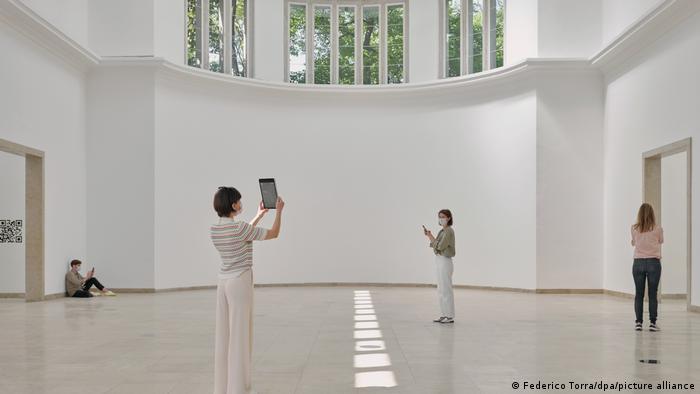
German pavillion
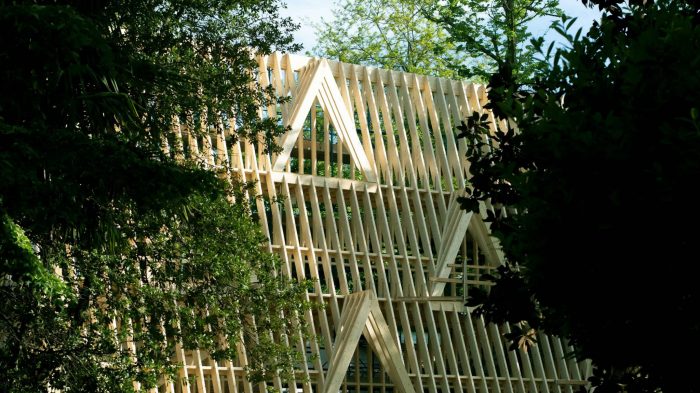
USA pavillion
One of the most direct answers to this year's theme is undoubtedly the Albanian pavilion "In our house" bringing back the family idea of "the waiting room" in an attempt to emphasize what until recently was default in our lives, welcoming visitors or breakfast with neighbors. In a context where the more urban centers are expanding the more the feeling of being a foreigner is growing, the Albanian pavilion comes with a documentation of a series of experiences shared between neighbors mainly in Albania in the 90s, challenging the modern concept of privacy and the relationship with the community with which we share the same space. Sequences from Albanian films and experienced childhood stories present a collective nostalgia for a past when every memory can be shared and everything can be "ours".
The project is a suggestion to overcome barriers, perhaps to discover that after all we are not so foreign. The theme of the biennial comes ironically at a time when these boundaries are being retried by radically changing interaction with others on a larger scale than home, neighborhood or city. The Albanian Pavilion is just one part of a series of perspectives and a reflection on how much we need each other, and how we can meet the great challenges of urbanization together.
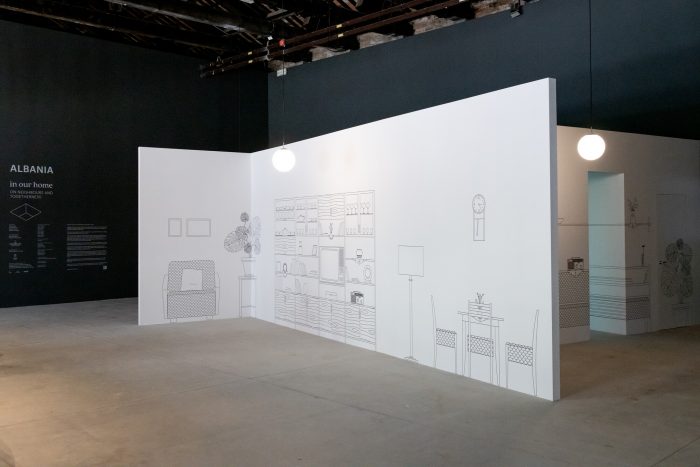
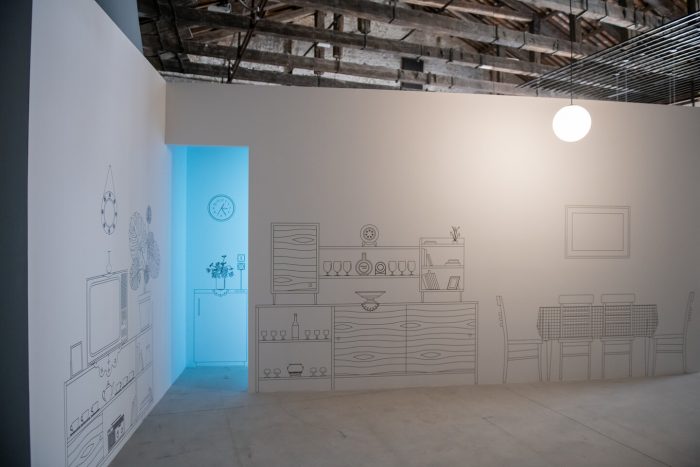
Albanian pavillion
"We ask architects these questions because we are not satisfied with the answers in politics," said curator Hashim Sarkis. Judging by the events of the past year and the difficulties that passed not only in the field of architecture and art, the biennial has another layer of meaning, bringing more tangible environmental and social issues which become more and more inevitable every day. you see.
The biennial this year more than a whole of its parts, conveys a message in itself reconsiders everything after a period of suspension, tells a story, similar to a surreal description of Italo Calvino, where cities are made up of desire, dreams and fears and where the inhabitants of a city must continue to live aware that their city exists "in a thread".
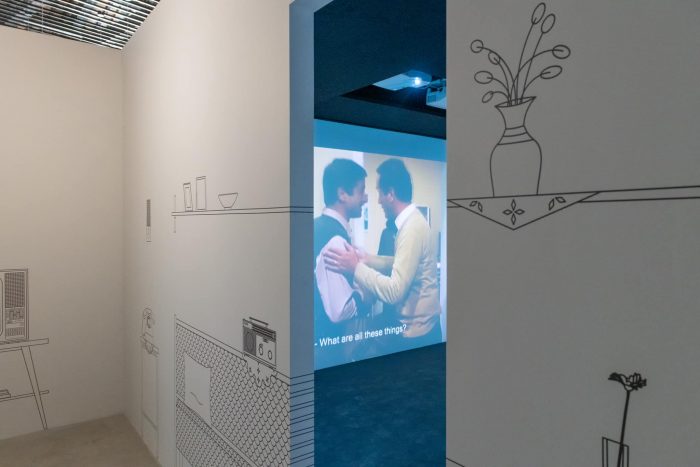
Albanian pavillion